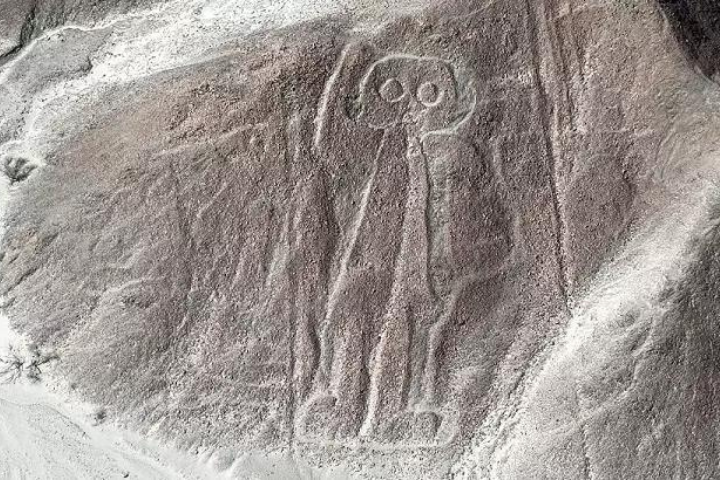In a groundbreaking discovery, artificial intelligence (AI) has helped scientists uncover 303 new Nazca Lines in the southern Peruvian desert. These ancient geoglyphs, created by the pre-Incan Nazca civilization between 200 B.C. and A.D. 500, have mystified researchers for nearly a century. The latest findings offer fresh insights into the ingenuity of the ancient culture that left these stunning imprints across the arid landscape.
A joint research effort by IBM’s Thomas J. Watson Research Center in New York and Yamagata University in Japan led to the discovery, which was published in the Proceedings of the National Academy of Sciences. By training AI models on previously identified Nazca geoglyphs, researchers were able to uncover new patterns concealed beneath the desert’s surface.
The Mysterious New Figures
The newly discovered geoglyphs include representations of humans, domesticated animals, and some abstract shapes.
Among the most fascinating designs is a depiction of a killer whale holding a knife, an image that has sparked both curiosity and excitement among researchers.
Other figures resemble animals such as cats and camels, as well as some shapes that appear more abstract and mysterious.
These findings add to the over 430 Nazca Lines that have been identified since the 1920s, when the shapes were first noticed by aeroplane passengers flying over the desert.
The team of scientists has confirmed the new discoveries through site visits and aims to continue their exploration with AI to find even more hidden geoglyphs.
The Role of AI in Uncovering Ancient Art
The use of AI has revolutionised the way researchers approach archaeological discoveries.
By analysing satellite imagery and photographs, AI can detect subtle patterns that are often missed by the human eye.
In the case of the Nazca Lines, AI has provided unprecedented access to areas of the desert that would have taken much longer to explore manually.
The Nazca Lines remain one of the world’s great archaeological mysteries, with experts still debating their purpose.
While some suggest they were used for astronomical purposes, others believe they served religious or ceremonial functions.
The new discoveries offer further evidence of the creativity and sophistication of the Nazca people, but their full significance remains unclear.




GIPHY App Key not set. Please check settings